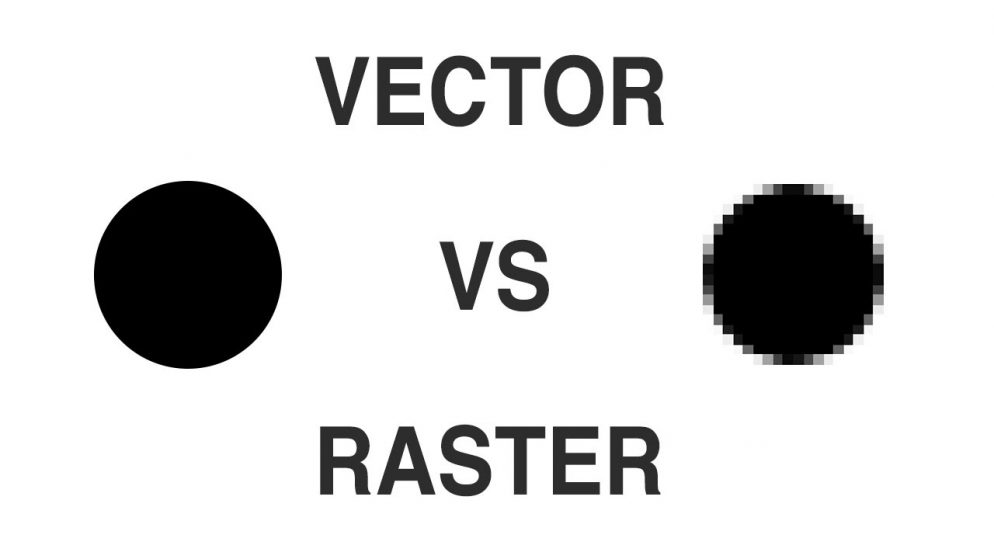When ordering online printed envelopes we prefer vector graphics over bit mapped raster graphics for the best quality. We can print envelopes using either, but vector files are more editable and allow images to be easily manipulated. Vector images will usually give you better results on your printed envelopes.
Vector images are usually created using programs like Adobe Illustrator or Corel Draw. Some file extensions for vector images would be ai, eps and pdf. Vector files are device dependent for resolution. So if you have a printer that prints at 2400 dpi, the vector file will print at 2400 dpi. If your printed only prints at 300 dpi, so will the image. Resolution is always better with vector images because they are mathematical based files made up of lines and curves defined in a math formula. The formula will tell the output device where a line starts, ends, curves and how thick and what color it is. Vector files can be scaled mathematically with no loss of resolution. A vector file will look the same on printed envelopes as on a billboard with no loss in quality. Type and lines are always crisp at any size. Color is easily changed when using vector files too. Since lines and fills are assigned colors, we can just click and change the color on the part of the image that needs to be changed.
Raster files are made of dots. Adobe Photoshop is a program that creates raster ot bit map images. Scanners are another source to create raster images. Scanners basicly take a picture and give you raster image with file extensions such as jpg, tiff or png. Raster images are not device dependent but file dependent. The resolution is dictated by the file not the printer or output device. When you enlarge the image in your document the dots get bigger. lines and edges that looked sharp at a small size will get exaggerated when made bigger. Color changes are harder also. Unless a raster image in one solid color, changes in color require a lot of work. If your envelope printing file uses a clean raster image with at least 300 dpi resolution it will print fine, as long as you do no need us to edit it. Envelope printing images are usually small corner imprints, so in most cases raster files are fine. Try to stay away from using images taken from the internet because they are usually just 72 dpi. While 72 dpi looks fine on your computer screen, it looks bad on your printed envelopes.
To get the best quality from your envelope pritning us vector images when available. If you are unsure if your images are suitable for envelope printing, email them over to us to take a look. We will respond quickly and help you get the best look for your printed envelopes.



Leave a Reply